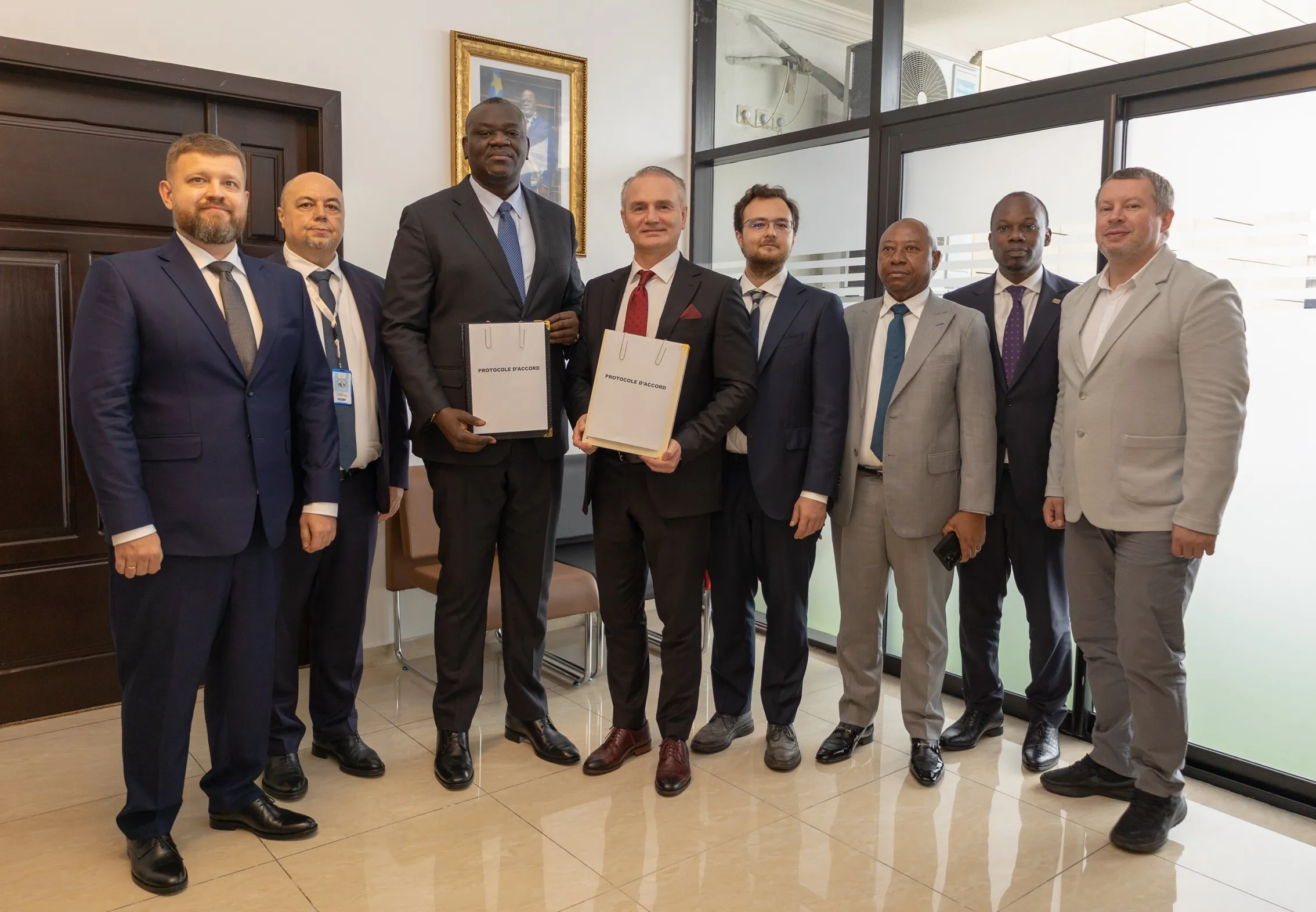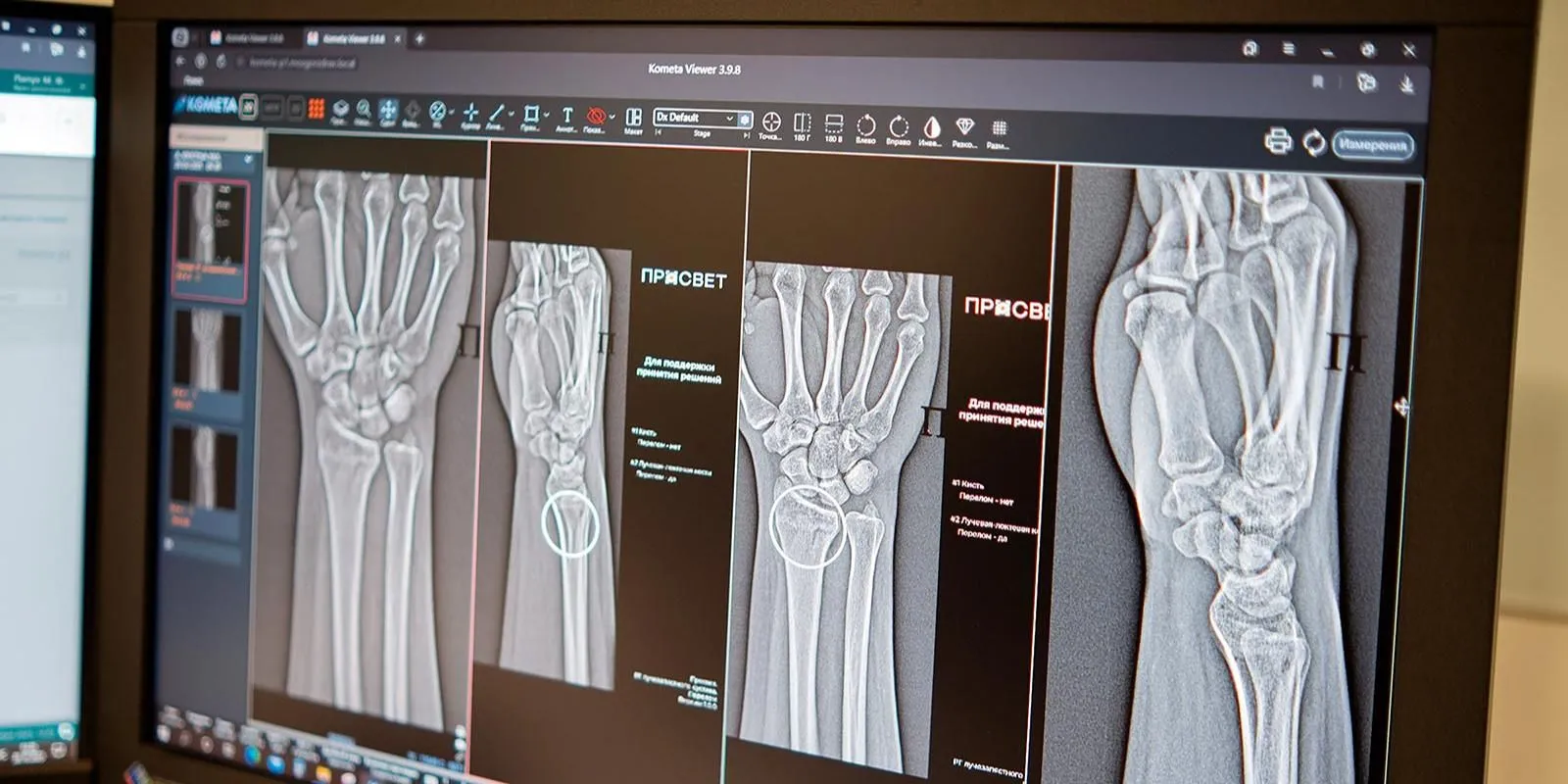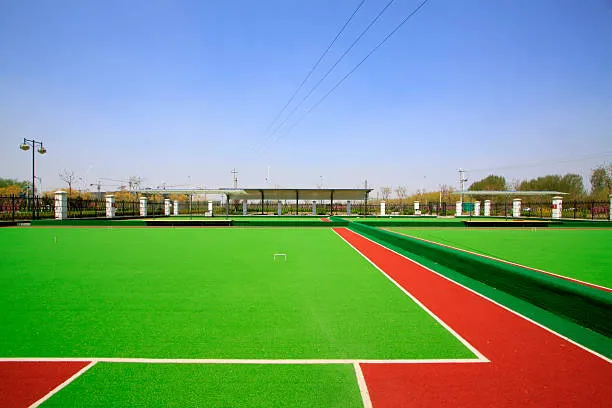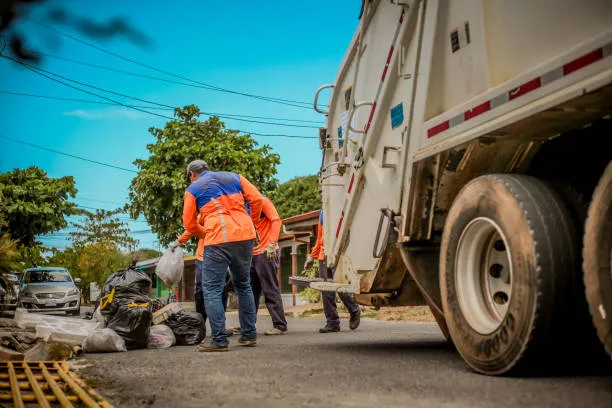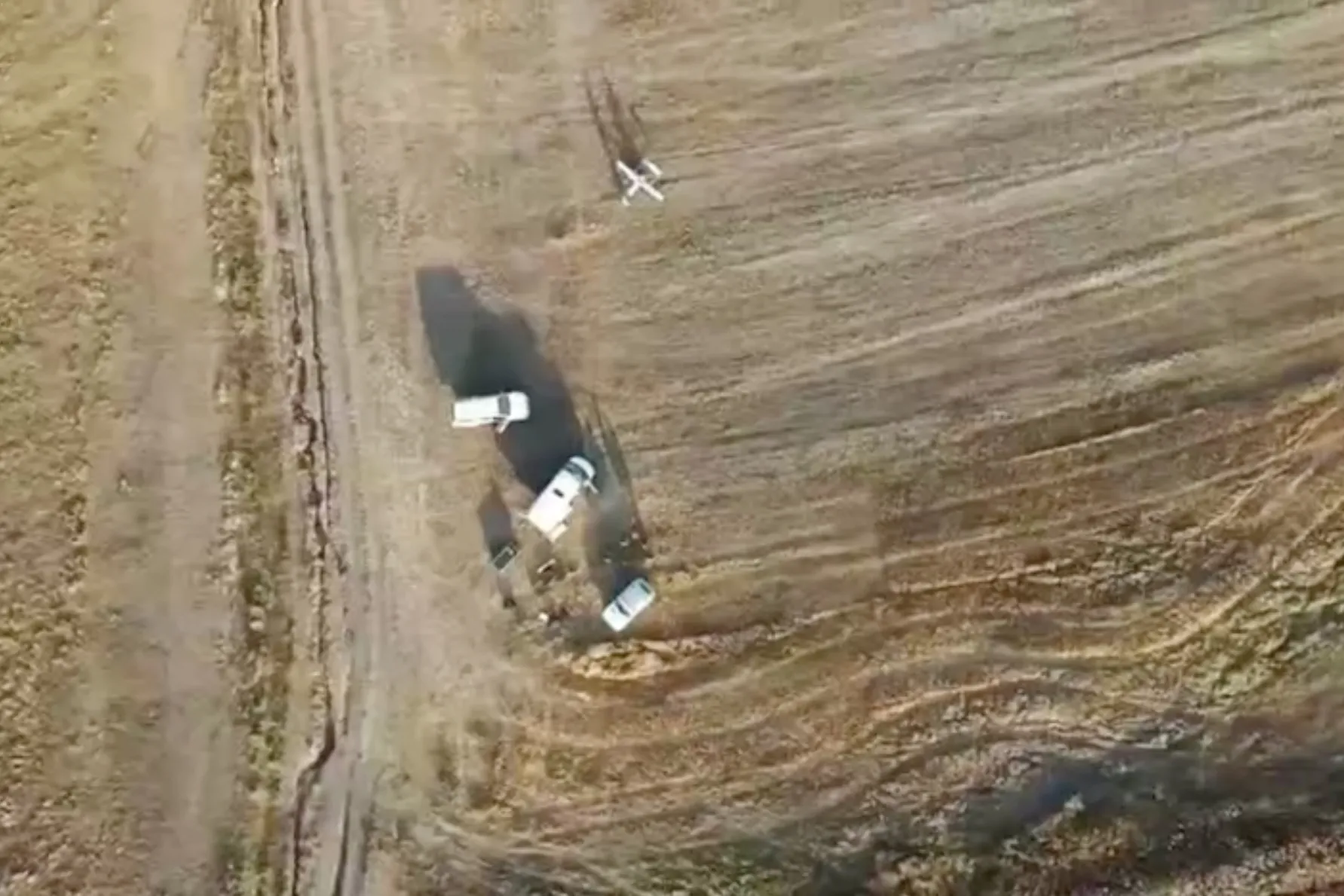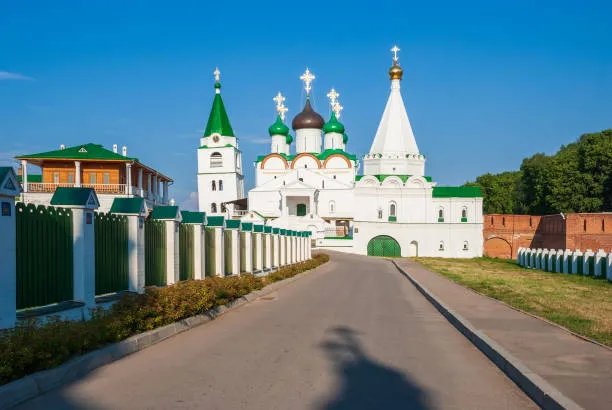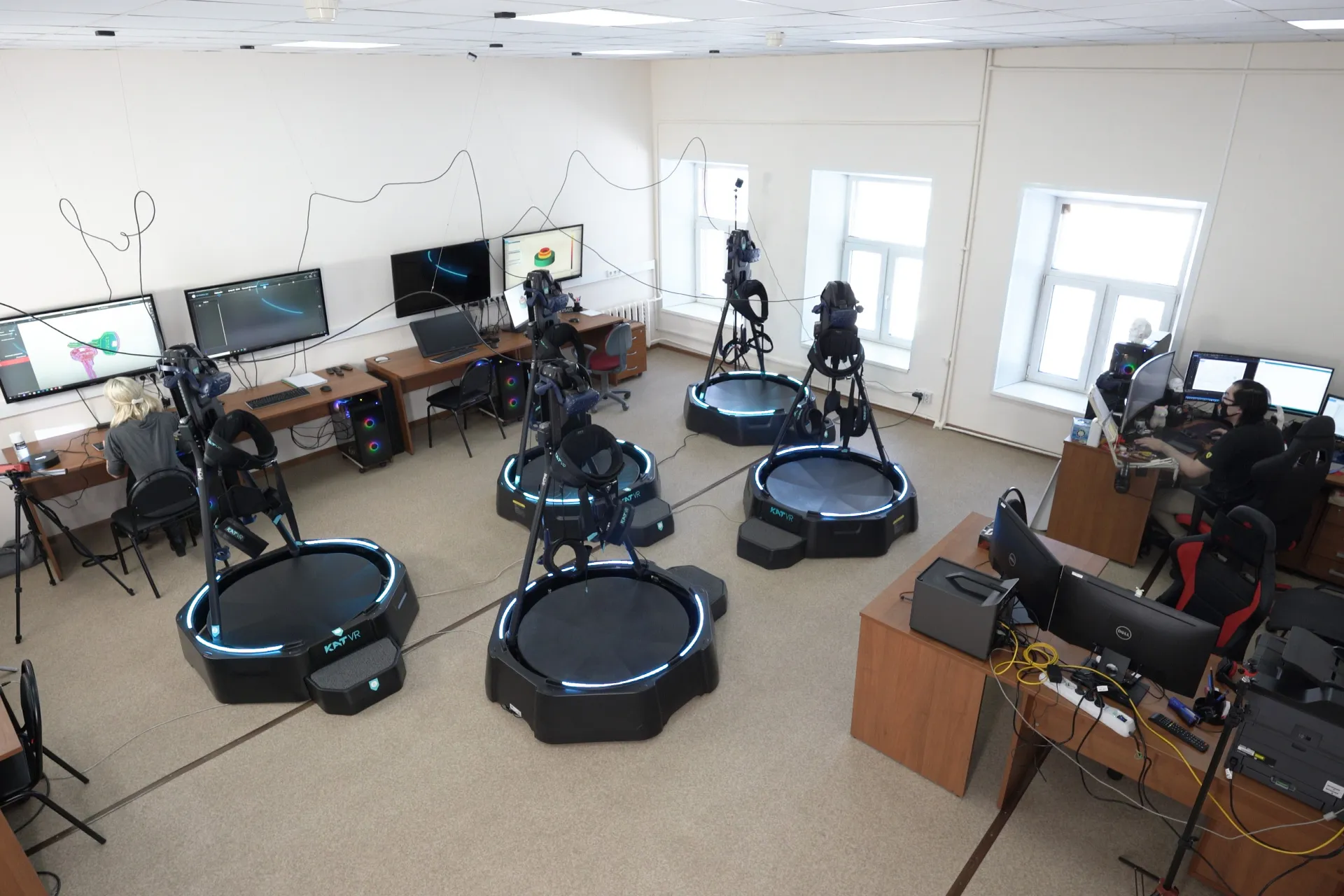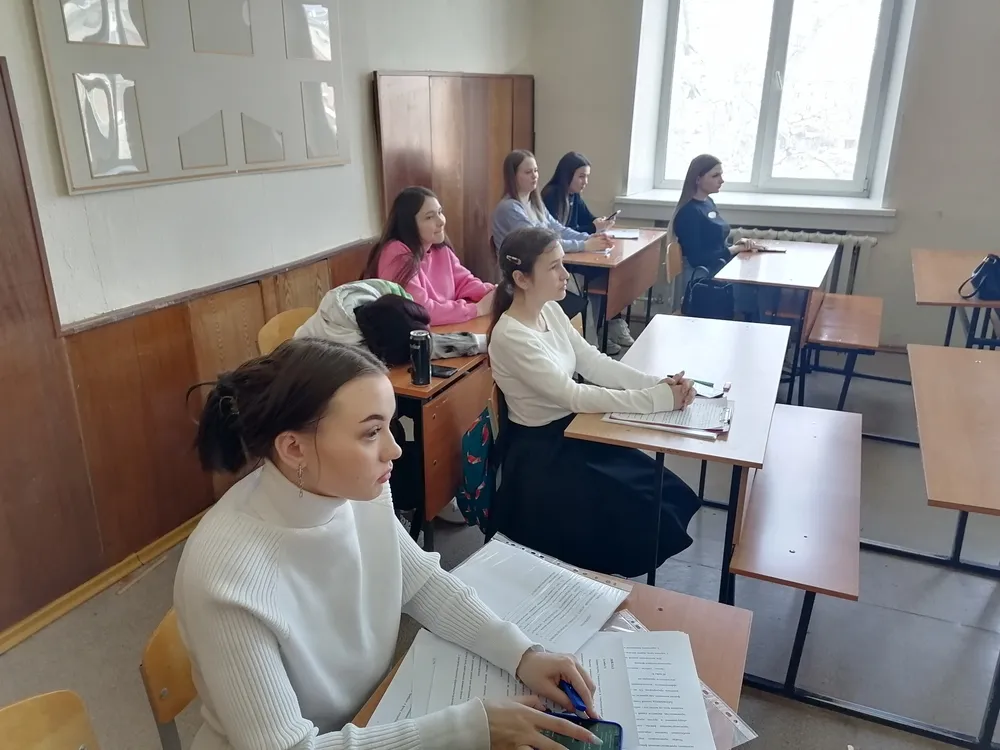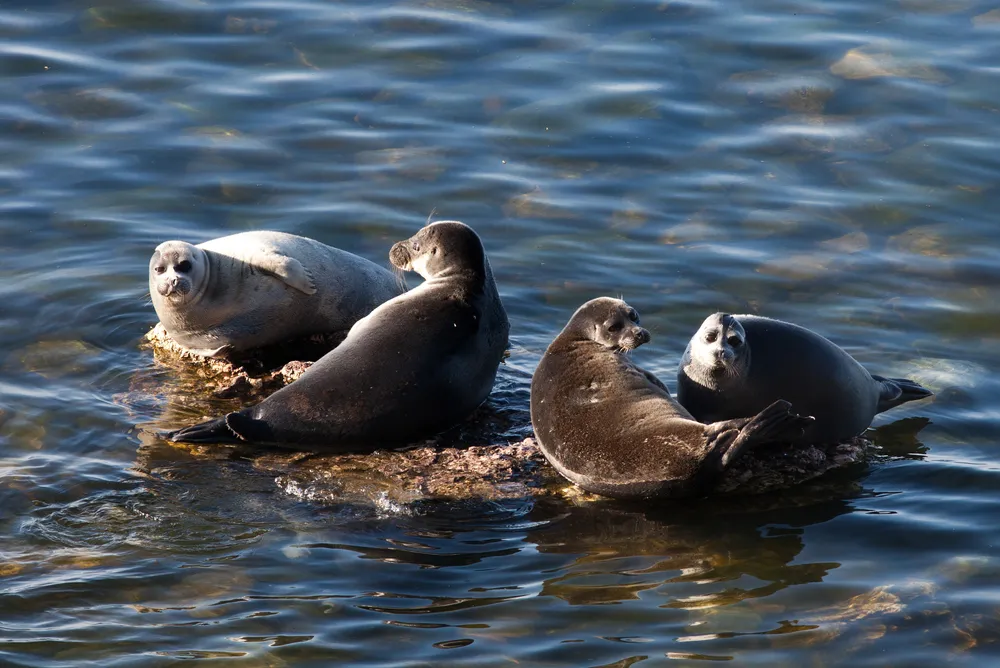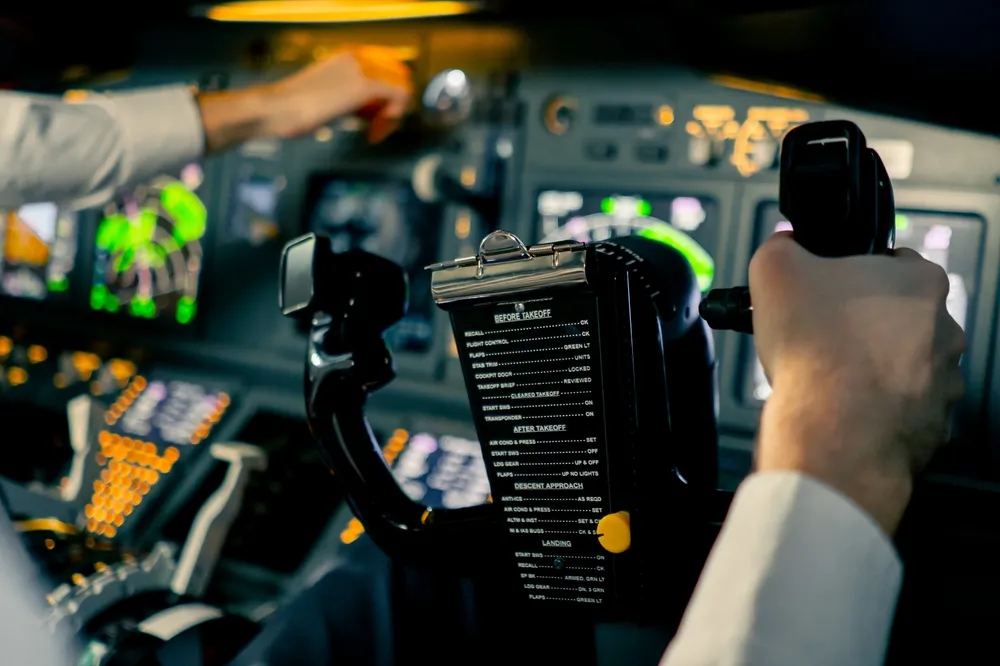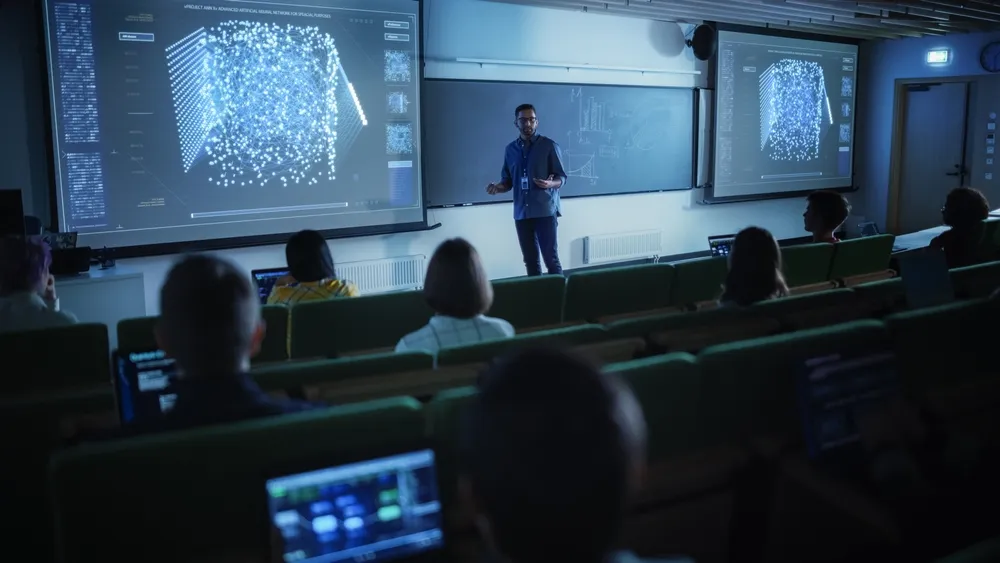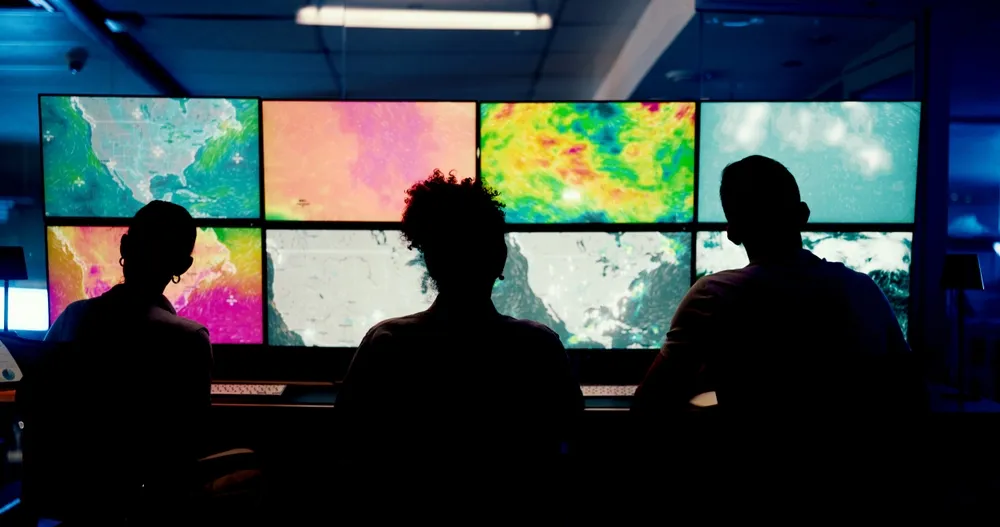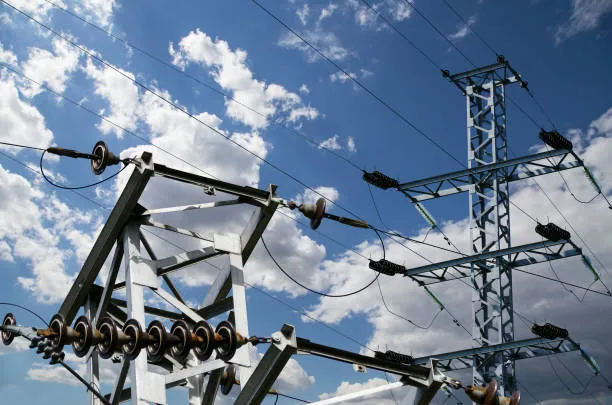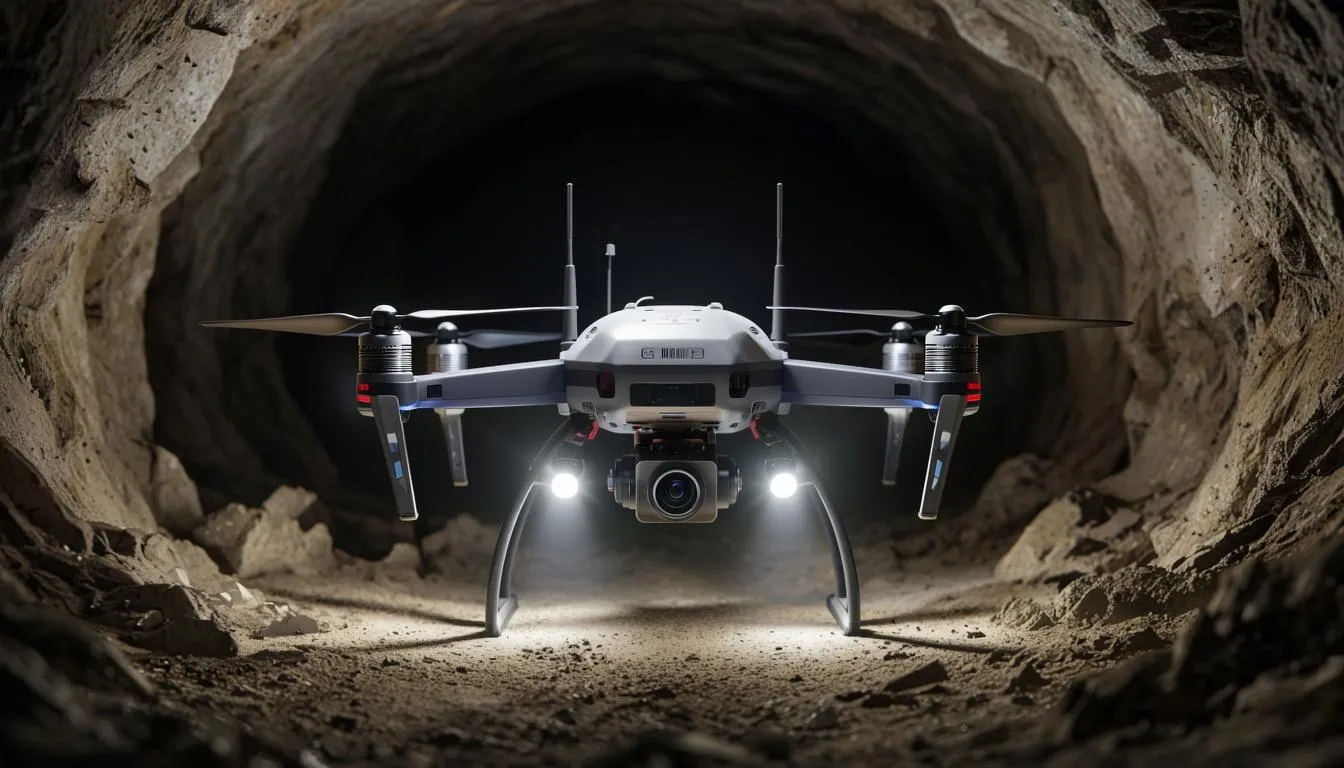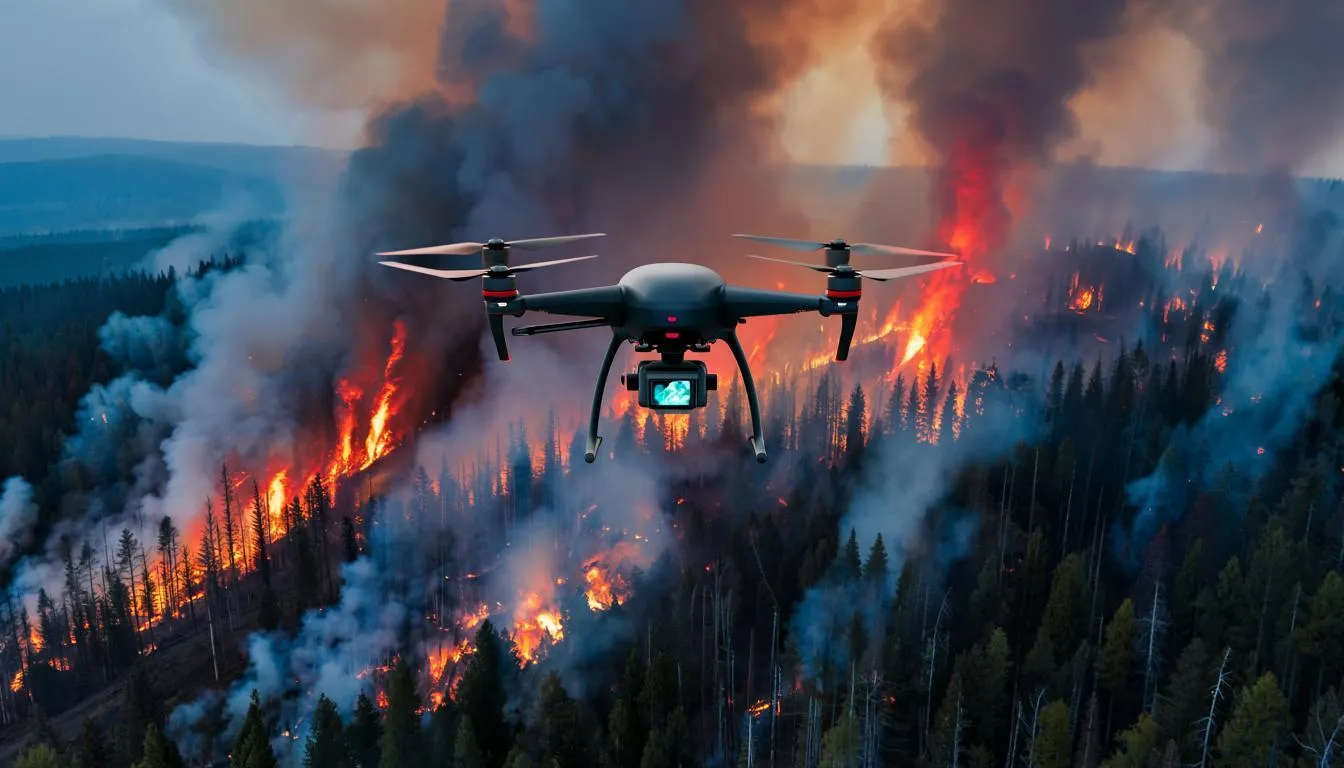AI Meets the Wild: How Neural Networks Are Helping Save Russia’s Rare Animals
From Far Eastern leopards to polar bears, artificial intelligence is becoming one of Russia’s most powerful tools for protecting biodiversity and preserving fragile ecosystems.
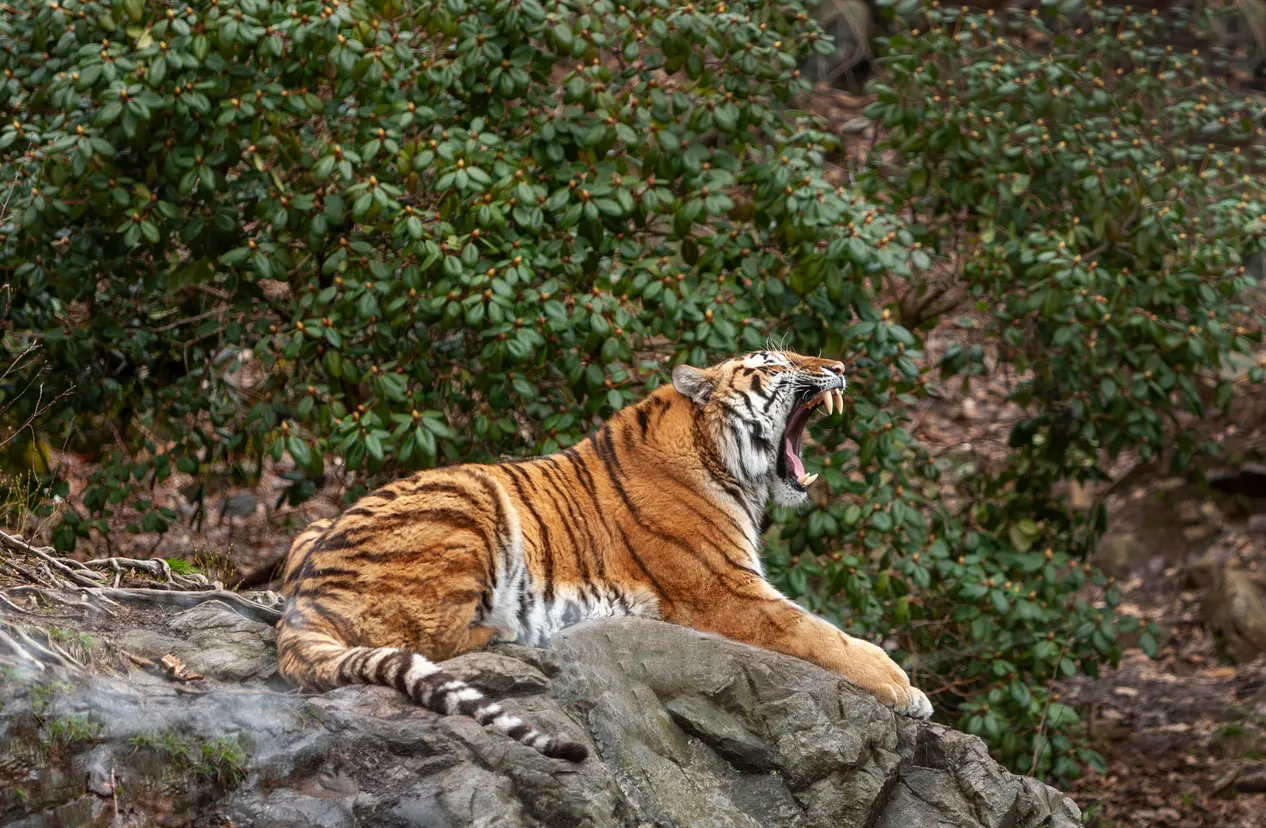
Across Russia, artificial intelligence is transforming wildlife conservation. Instead of spending months sorting through mountains of field data, scientists are turning to smart algorithms to handle the heavy lifting. On October 4, World Animal Day, IT-Russia highlights how the country’s digital transformation of environmental monitoring is helping researchers make faster, more accurate decisions to protect endangered species and preserve ecosystems both at home and globally.
One of the most striking examples is the story of the Far Eastern leopard — the rarest big cat on Earth. In the early 2000s, only about 35 individuals remained. Thanks to the creation of the Land of the Leopard National Park in Primorsky Krai, the population has since grown to 129 animals.
More than 400 camera traps across the park capture around a million images each year. Previously, park staff manually sorted and analyzed the photos, identifying species and recognizing each leopard by its unique pattern of spots. Now, AI handles this routine work. Neural networks not only classify animals in the photos but also identify individual leopards with high precision.
A digital assistant has also been developed to digitize and organize archival data collected in Russian reserves over the past 50 years. This AI-powered system transforms decades of handwritten notes into a powerful analytical tool for predicting ecosystem changes.
Russian scientists have also created an algorithm capable of identifying each Amur tiger by its stripe pattern — a breakthrough that allows researchers to track movements and monitor population trends more effectively.
On the Bear Islands in Yakutia and in the Lena Pillars National Park, AI helps study polar bears. Algorithms analyze tens of thousands of aerial photos and drone images. At Lena Pillars, this approach led to a remarkable discovery: the local polar bear population turned out to be three times larger than previously estimated.
Even in the Central Forest Nature Reserve in the Tver region — far from the Far East — neural networks are being used to monitor local wildlife, from brown bears to hazel grouses.
Protecting endangered species is a global challenge, and Russia, with its vast untouched landscapes, plays a pivotal role. The digital transformation of nature reserves is shifting conservation efforts from reactive responses to proactive prevention.
Experts believe that within the next few years, AI-powered drones and complex monitoring systems will become standard tools in Russian conservation. This technological shift not only changes how the country protects its wildlife but also strengthens Russia’s position as a leader in using advanced technologies to safeguard our planet’s shared natural heritage.




